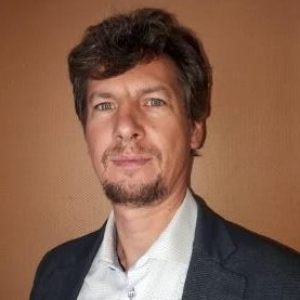Title : Real time detection of free-swimming sea lice with high resolution optical sensor
Abstract:
Since 1980, the production of Norwegian farmed salmon has increased from ca. 4,000 tonnes to ca. 1.2 million tonnes. This means that the industry produces on average about 14 million salmon meals every day, throughout the year. Norway experienced an exceptional growth in salmon production, of around 10% annually, in the 20-year period leading up to 2013. Production has since stagnated due to sea lice (Lepeophtheirus salmonis) infestation and its consequences. Industrial development cannot occur until environmental challenges, such as sea lice infestations are addressed and effectively managed. Further, it is recognized that by 2030, salmon must be farmed using technologies that eliminate the problems of sea lice. Within this context, we acquired funding from the Norwegian Seafood Research Fund (2023-2024) to develop a technological approach for real time detection of free-swimming sea lice with the ultimate goal to support decision making by stake holders to implement mitigation measures. To develop such an early warning system for sea lice, we are using an advanced high resolution plankton camera, the Underwater Vision Profiler version 6 (Hydroptic). Further, we developed algorithms using artificial intelligence-based systems for classifying detected organisms, especially the copepodite stage. The UVP6 is mounted on a smart profiling buoy for data collection across depth with additional parameters (salinity, temperature, light etc). Last, a digital dashboard has been developed to report data for stakeholders in a cloud based data portal "Blue Insight" (Kongsberg). We aim to use this advanced imaging sensor and our AI-based data processing drive for real-time detection and classification of free-living early developmental stages of sea lice as an early-warning system of potential infestations in order to implement mitigating measures. Our approach is to ensure that our proposed solution is non-proprietary, applicable in the field with a broad industrial utility and with an easy upscaling potential. In our presentation, we will describe our approach , completed work and results.
Audience Take Away Notes:
- This project illustrates that today technology (hardware, firmware and AI) allow real time detection and quatification of the small free swimming stage of a salmon parasite
- This new technology can be of interest by the salmon farming industry or the authorities to detect and quantify the presence of the free swimming lice
- The project allows to gain knowledge on the ecology of the salmon lice in its environment and within the associated plankton community. The technology generates new data which can be of interest for plankton ecologists and for teaching (plankton ecology, sensors, AI)



